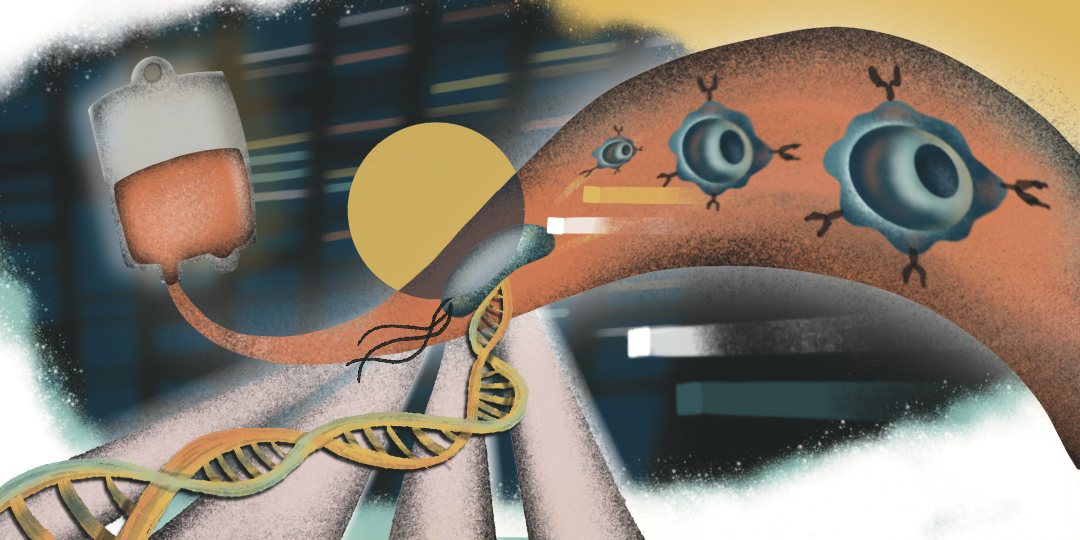Sterility Testing Tools: A Comparative Look at PCR and NGS for Cell and Gene Therapy
In the rapidly advancing field of cell and gene therapy, sterility testing is a key aspect companies and scientists are putting emphasis on. Ensuring the absence of viable microorganisms in Advanced Therapy Medicinal Products (ATMPs) is crucial. As we mentioned in the blog Rapid Sterility Testing for Cell and Gene Therapy: Accelerating Progress with Isothermal Microcalorimetry. When patients' lives are on the line, ensuring quality is of high relevance. These highly complex and valuable products are at the forefront of therapy and need equally advanced techniques to ensure their integrity. Genetic-based sterility testing tools like Polymerase Chain Reaction (PCR) and Next-Generation Sequencing (NGS) are transforming this vital process. This blog post briefly explores the applications, advantages, and pitfalls of these sterility testing tools, focusing on their role in sterility testing for cell and gene therapy and ATMPs.
PCR: A Robust Tool for Sterility Testing in Cell and Gene Therapy
PCR is a powerful sterility testing tool, particularly in the context of cell and gene therapy:
- Advantages: PCR's rapid results and high sensitivity make it an essential tool for sterility testing ATMPs, detecting even low levels of contamination.
- Pitfalls: Careful handling is required to avoid contamination, and PCR does not guarantee differentiation between viable and non-viable microbes.
NGS: A Comprehensive Approach to Sterility Testing ATMPs
NGS offers a broader perspective, especially in sterility testing for cell and gene therapy:
- Advantages: NGS's ability to detect both known and unknown organisms provides detailed insights into microbial communities, enhancing sterility testing ATMPs.
- Pitfalls: The complexity and cost of NGS can be barriers, requiring specialized expertise.
Comparison: PCR vs. NGS in Sterility Testing Tools
There are three main characteristics we would like to briefly compare what each technique has to offer. Depending on the particular scenario of sterility testing PCR or NGS can be advantageous and work better for specific needs. What's important?
- Speed and Sensitivity: PCR's speed and sensitivity make it suitable for rapid sterility testing in cell and gene therapy. NGS offers a more comprehensive but slower analysis.
- Complexity: PCR is more cost-effective, while NGS provides deeper insights into sterility testing ATMPs.
- Applications: Both tools offer unique applications in sterility testing for cell and gene therapy, with PCR for targeted detection and NGS for broad-spectrum analysis.
Future Trends in Sterility Testing Tools
Emerging technologies, automation, and machine learning are set to enhance sterility testing tools, particularly in cell and gene therapy. The integration of PCR and NGS with these advancements will drive innovation in sterility testing ATMPs.
The combination of PCR, NGS, and the calScreener™ can represent the future of sterility testing tools, offering a comprehensive approach that leverages the strengths of each method.
PCR and NGS are pivotal sterility testing tools in the pharmaceutical industry, especially in the context of cell and gene therapy and ATMPs. Their combined use offers a robust approach to sterility testing, each with unique advantages and challenges. As the field of sterility testing for cell and gene therapy continues to evolve, embracing these tools and future trends will be key to ensuring reliable and reproducible results.
Are you ready to revolutionize your approach to sterility testing in cell and gene therapy? The calScreener™ offers real-time, non-destructive analysis, transforming the way you assess sterility for ATMPs. Dive into the world of rapid, accurate, and innovative sterility testing.

